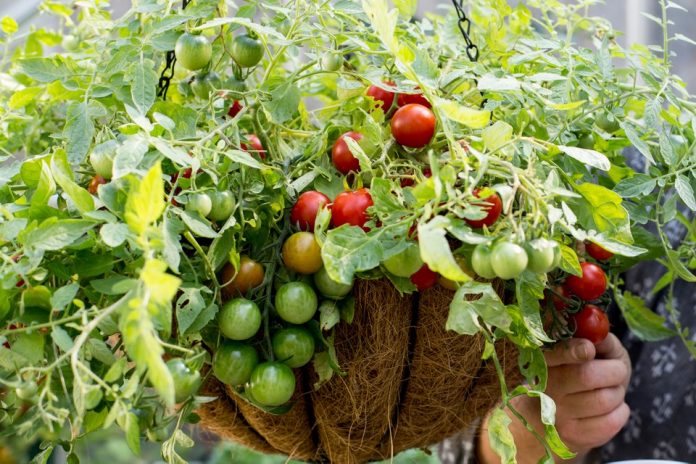Some believe gardening is seasonal, especially in colder climates. But as a prepper, you probably already know that you can have a garden all year round.
A greenhouse is an alternative, but when you heat it, there’s a few months out of the year which won’t work too well.
Another choice is to have veggie pots all over your counters and tables. That’s a big downside, though. Where can you plant, cook and eat what you grow if your pots take up too much space?
Ever considered a suspended indoor garden? Hanging baskets isn’t just greens and flowers. You can also grow vegetables for a fresh garden year-round.
All you need, except basic planting supplies, is space. And, even with very limited indoor space, most people will find a place to hang at least one pot.
So, if you can hang a few pots from a big rod or just one or two, you can enjoy fresh homegrown vegetables and food all year round, no matter where you stay.
Related: How to Prepare Your Soil for Planting Tomatoes
What to Grow in Your Hanging Basket Garden?
Only because your garden would be in a hanging basket, that doesn’t mean you have to settle down for anything as simple as a herb garden. Simply plan accordingly.
You’ll have to decide how much space you’re willing to give to hanging pots and how heavy your ceiling or rod can handle. If you don’t want to hang the pots from the ceiling, look at other choices like a rack.
In real sense, a garment rack on wheels is perfect for those of you who want to move the garden from room to room, window to window, or even outdoor.
Not all veggies, however, are suitable for a home suspension system, unless quite elaborated. Some of the best choices to find growing in a suspended manner include:
- Cherry tomatoes
- Leaf lettuce
- Strawberries
- Swiss Chard
- Peas
- Beans
- Peppers
- Spinach
- Cucumbers
- Shallots
- Pearl onions
- Spring onions
- Radishes
- Baby carrots
This list could grow with heavier items, depending on how secure your weight and space hanging system is.
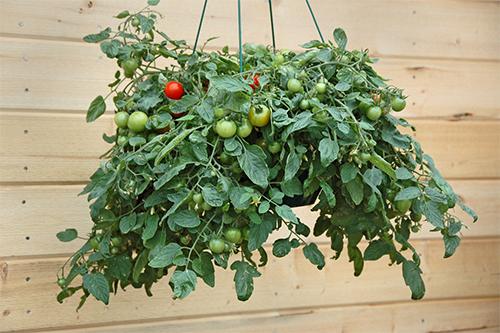

Items You Should NOT Grow in Hanging Baskets
While there are many great options to grow from suspension, there are some that shouldn’t be tried. Here are a few reasons why:
Heavy Veggies/Crops – with a basic hanging garden, you should avoid heavy plants like big tomatoes or potatoes. It’s not just about how heavy the veggie itself is, but also how heavy and productive the crop typically grows.
Remember a hanging pot can hold so much. The 2 exceptions to this rule could be if you installed a massive heavy-duty hanging device or can transplant the plant outdoors soon.
Root Vegetables – Pay attention to what will happen under the surface. Root veggies grow for a long time in the average indoor pot.
So, save most rooted veggies outdoors unless you have an elaborate system that can handle extra deep and heavy pots. Some smaller ones I mentioned should still work.
Tall Crops – As you might imagine, it’s hard to grow tall crops in a hanging basket.
So now you have an idea what you can suspend indoors. Let’s look at some basic steps for the best crop.
Indoor Hanging Basic Garden Considerations
There are some things to consider when developing a hanging garden to improve your chances of success. While many are identical to a typical garden, some variations exist:
A Sturdy Hanger – While indoor pots can be decorative and beautiful, a sturdy hanger is important. Many veggies could easily weigh heavier than average houseplant.
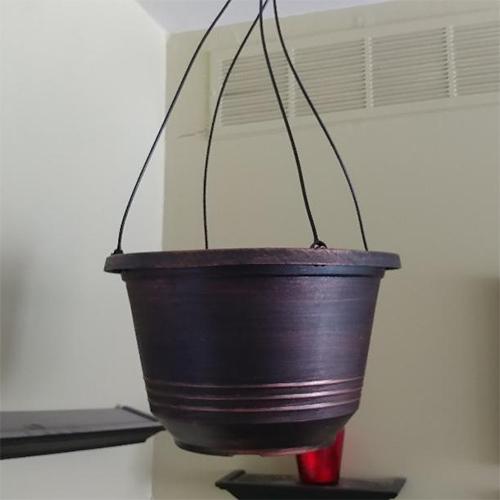

Adequate Sunlight – Take note of how much sunlight your choice of veggies needs and how much sunlight the hanging area receives.
When your hanging area isn’t quite bright, you can always take it down for a few hours and put it on the floor where the sun pours in for longer periods.
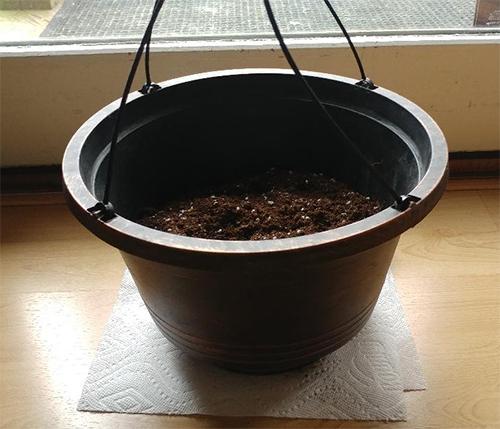

Pot Size – many veggie options will need at least a gallon capacity bowl. Smaller plants will not need anything that big, whereas larger plants may require larger containers.
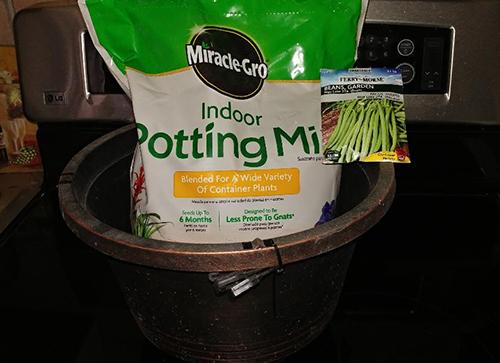

Soil – Make sure you either buy or create a healthy soil that is best for growing veggies, containing nutrients.
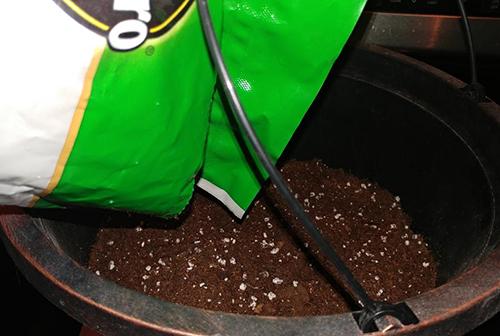

Planting – Follow directions on the seed packet when planting the seeds. You could also bring in plants from outside for the winter and hang them in the same manner.
Transplant the plant according to what is best for that particular plant, making sure there’s enough space for the roots too.
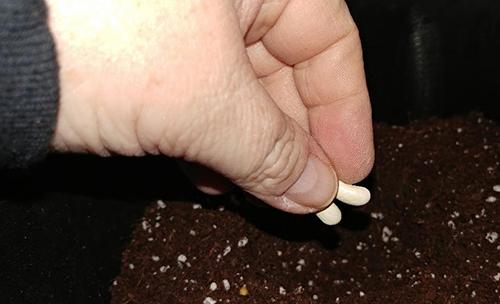

Drainage – Make sure your chosen pots have sufficient drainage components. If the soil can not drain naturally, the plant might drown.
Maintenance:
Watering — All plants need watering. Keep an eye on your crops and follow directions based on what vegetables you choose to grow.
Fertilizing – Most plants can get some extra help. Food plants with proper nutrients. A natural compost could work well, or store-bought fertilizer. When choosing store-bought, follow their instructions.
Pruning – Remove any dead area to help stimulate new development.
Harvesting – Make sure your plants are harvested, as needed. This will promote plant production and help stay healthy.
You should now have enough information to get you started on an indoor suspension garden to help provide healthy and homegrown veggies to the family year-round.
Imagine cooking fresh veggies with you every night!



